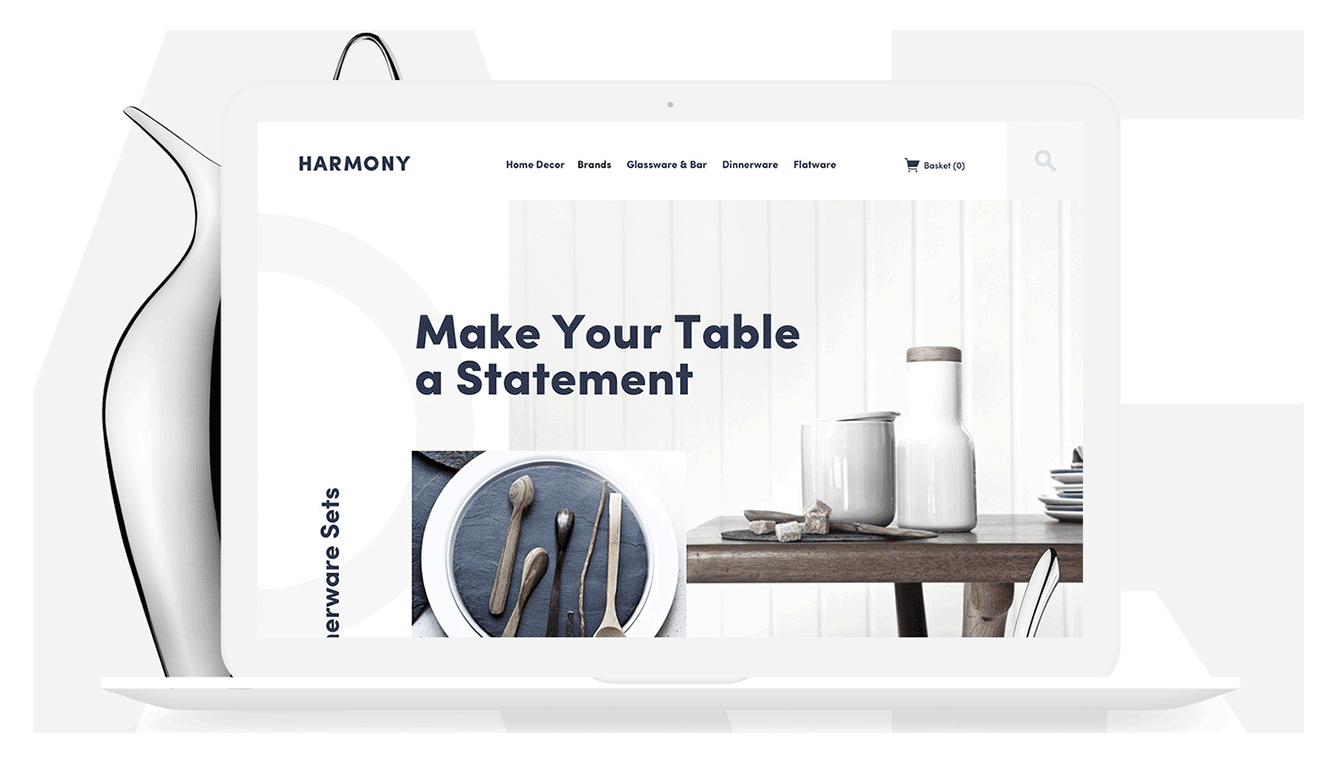
The first step in planning a website is to decide its layout. Your website should be laid out so your visitors can easily see what you have to offer. Although the layout does not include the written content, it is important enough to be its own step. This step will include the content strategy and sitemap.
Designing a user persona
Creating a user persona is an important step in the development process. It takes research and time to create a persona. It can still be beneficial for your customers and you. It will make the process more efficient if your customers are treated as people. Once you know their characteristics and goals, you can design a website or product that meets their needs and meets their expectations.
It's not as complicated as it seems. You will need to use an online questionnaire to create a template that best reflects your users' personalities. The online templates have many characteristics that will allow you to make decisions based on who you are. For example, if you are designing a new website, you can create a persona for John, which outlines his lifestyle, characteristics, and motivations. A photo of John is included in the template, which makes it easier to get to know him and make him feel more at ease.
Create a sitemap
A sitemap is a collection of files that represents the URLs and pages on your website. This information will enable search engines to understand the content on your site better. This information will let search engines know about any new or updated pages. Webmasters regularly create XML Sitemaps.

Creating a sitemap for a website is a critical but simple step. This can be done with simple software or a sketch on paper. Slickplan is a collaboration sitemap tool. It is easy to use and offers many useful features.
Create a wireframe
A wireframe is a great way to plan the layout of your website. This step helps you identify any design and functionality issues as well as points that could cause friction. Before the website is finished, it is best to create a wireframe. This will help you make the most informed decision possible.
Because wireframes provide clarity around information architecture, layout, and design, they are critical to iterative development. A wireframe allows you to test different layouts and determine which one works best. A wireframe can help you to pinpoint the most important elements in your website.
A content strategy
When planning and developing a website, you need to identify the business' goals and objectives and decide how best to achieve them. The process involves reassessing and including key stakeholders such as designers, developers and copywriters. A content strategy's purpose is to attract and generate interest in your products and services.
A content strategy is crucial for business growth. It can help build credibility, generate leads, and establish expertise. By planning your content, you can ensure that your work is focused and is effective in achieving your goals. You can ensure that your content has impact and is targeted.

Check out a website
When planning to launch a new website, it's important to conduct as much testing as possible. A single bug fix can create another one, so it's best to plan for several rounds of testing. To ensure a successful launch, you will need to allow for more time. But this should not be the only thing you think about. SEO and CMS plug-ins are important.
Although it is not possible to test every aspect on a new site before it is launched, you can get started by setting up a test environment. Testcases help you understand what aspects of the website are working, and can serve as a blueprint for improvement. Additionally, it is important to pick a group who can focus on different aspects.
FAQ
How Much Does It Cost To Create An Ecommerce Website?
It all depends on what platform you have and whether or not you hire a freelancer. eCommerce websites start at about $1,000.
However, once you decide on a platform, you can expect to pay anywhere between $500 and $10,000.
A template is usually less than $5,000 if you plan to use it. This includes any customizing you do to your brand.
What is Website Design Software?
Web design software is used to create web pages and other digital media by graphic artists, photographers and illustrators.
There are two types of website design software available: cloud-based and desktop apps. Desktop apps are downloaded to your computer locally and you will need additional software. Cloud-based solutions are hosted remotely on the internet and require no additional software on your computer, making them ideal for mobile users.
Desktop Applications
Although desktop applications are more powerful than those offered by cloud-based services, they may not be necessary. Some people prefer to work only from a desktop application because it is more convenient. Others like to use the same tool regardless of whether they are working on a laptop or a smartphone.
Cloud-Based Solutions
Web designers who wish to save time or money should consider a cloud-based option. These services allow you access any type of document to be edited from anywhere on the internet. This means you can use your tablet to do some work while you wait for your cup of coffee to brew.
A license is required if you opt for a cloud-based service. You don't have to buy additional licenses for upgrading to the latest version.
These programs are available for web page creation if you have Photoshop or InDesign, Illustrator, and other Adobe products.
What HTML and CSS are available to help me build my website?
Yes! If you've been following along so far, you should now understand how to start creating a website.
Now that you are familiar with how to create a website's structure, you will also need to be familiar with HTML and CSS programming.
HTML stands for HyperText Markup Language. It's like creating a recipe for a dish. You'd list the ingredients, instructions, along with directions. HTML also tells a computer what parts of text should be bolded, underlined or italicized. It's the language for documents.
CSS stands for Cascading Style sheets. This is a stylesheet for recipes. Instead of listing each ingredient or instruction, you will write down the general rules for font sizes and spacing.
HTML tells the browser what HTML is and CSS tells it how.
Don't panic if either of these terms are confusing to you. Follow these tutorials, and you'll soon have beautiful websites.
Statistics
- When choosing your website color scheme, a general rule is to limit yourself to three shades: one primary color (60% of the mix), one secondary color (30%), and one accent color (10%). (wix.com)
- Is your web design optimized for mobile? Over 50% of internet users browse websites using a mobile device. (wix.com)
- The average website user will read about 20% of the text on any given page, so it's crucial to entice them with an appropriate vibe. (websitebuilderexpert.com)
- Did you know videos can boost organic search traffic to your website by 157%? (wix.com)
- It's estimated that chatbots could reduce this by 30%. Gone are the days when chatbots were mere gimmicks – now, they're becoming ever more essential to customer-facing services. (websitebuilderexpert.com)
External Links
How To
Drupal 7 Web Design Guide
Drupal is one of the most popular Content Management Systems (CMS) available today. It was originally developed by DriesBuytaert (Belgium) in 2003. Named after the names of its two developers, Dirk Buijtewaard (from Belgium) and Pierre d'Herbemont (from France). Drupal was opened source in 2005. Since then there have been many versions. Drupal is used by numerous websites and companies all over the world today.
Drupal is extremely popular among website owners due to several reasons. It's easy to use and free to download. It is also easy to modify and expand. It is also very well documented. Fourth, the forum and IRC channels offer great support. It is also extensible through modules. Sixth, it supports multiple languages. It can be easily customized. Eighth, it is scalable. Ninth, it is secure. Tenth, it is reliable. Finally, it is supported by the community. Drupal is a good choice for your next project due to all of these factors.
You might wonder what makes Drupal stand out from other CMS platforms. It's simple. Drupal is an open source content management system. Drupal is free to download and use. Drupal allows you to have full control of your website. You can add pages and remove them.
Drupal is a good choice if you don't have the technical skills to build a website. You don't have to be a programmer to build your website, unlike other CMS. Only you will need to be able to use the basic functions of Drupal. You will then be able modify your website to suit your needs.
Drupal also offers many pre-built themes as well as plugins. These plugins allow you to improve the functionality of your site. To gather contact information from your visitors, you could use the Contact Form Module. Google Maps is another option to show maps on your website. Drupal comes with many ready-made templates. These templates give your website a professionally designed look.
Drupal is flexible, too. Drupal allows you to add modules or replace existing ones, without worrying about compatibility issues. It's easy to integrate social media on your website. You can also setup RSS feeds or e mail subscriptions.
Drupal's flexibility is also a plus. Drupal can be customized with custom fields and forms. You can also manage users. You can also create complex layouts with Drupal.
Finally, Drupal is robust and reliable. It is stable and scalable. It also offers great security features. So if you're looking for a good web development platform, then Drupal is worth considering.